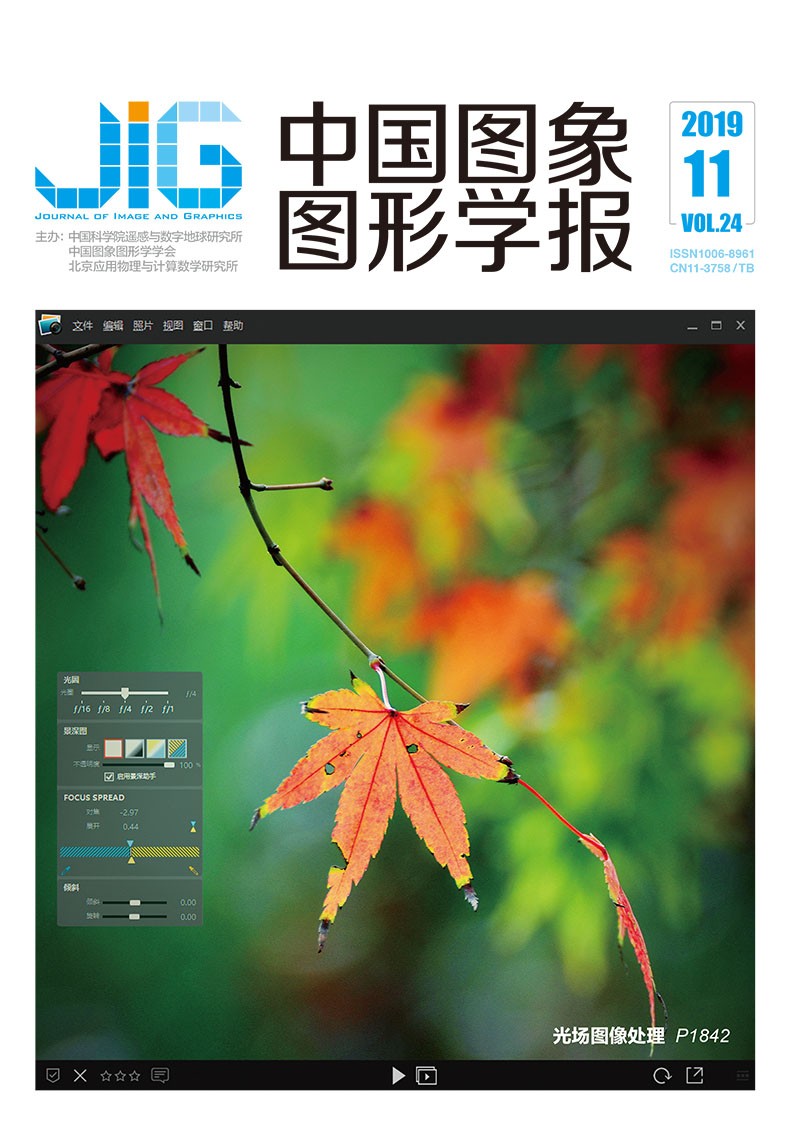
绘画图像美学研究方法综述
摘 要
图像美学作为当前情感计算和计算机视觉领域的研究热点,为数字化绘画图像的美学研究提供了理论基础和有效方法,而且在人类绘画艺术作品的研究与保护方面具有重要的应用价值。为了更好地研究绘画图像的美学特性,本文主要针对现阶段国内外的绘画美学研究相关文献,进行详细的整理与分析。以大量文献研究为基础,分析中西方绘画的不同表现形式及形成原因;归纳总结了两种绘画图像美学研究方法:实验美学与计算美学,并概述两类方法的相关性。概括了当前绘画图像研究中的常用数据集;然后,以绘画图像样本数量、受试者人数、审美等级及眼动指标等为依据,详细归纳了绘画图像实验美学方法的研究现状及发展;基于图像数量、特征、分类数量、分类算法和准确率,主要从绘画图像分类的角度(包括情感、复杂度、画家和风格等)详细综述了绘画图像计算美学方法的研究现状及发展;其次,简要梳理了绘画图像美学研究中常用的评价方法,并分析了当前研究中的常用评价指标;最后,提出了当前绘画图像美学研究中存在的问题和挑战,并探讨了存在问题的应对之策。
关键词
Overview of research methods of painting aesthetics
Bai Ruyi, Guo Xiaoying, Jia Chunhua, Geng Haijun(School of Software Engineering, Shanxi University, Taiyuan 030013, China) Abstract
Aesthetics has been the subject of long-standing debates by philosophers and psychologists. In psychology, aesthetic experience is due to the interaction among perception, cognition, and emotion. This triad has been experimentally studied in the field of experimental aesthetics to obtain understanding of how aesthetic experience is related to the fundamental principles of human visual perception and brain processes. Recently, researchers in computer vision have gained interest in the topic, giving rise to the field of computational aesthetics. With computing hardware and methodology developing at a high pace, the modeling of perceptually relevant aspect of aesthetic stimuli has a huge potential. In the field of aesthetics, the image aesthetics is a popular issue in recent years. Image processing with computer scientists have, for a long time, attempted to solve image quality assessment and image semantics inference. The former deals primarily with the quantification of low-level perceptual degradation of an image, and the latter attempts to infer the content of an image and associate high level semantics to it in part or in whole. More recently, researchers have drawn ideas from the aforementioned methods to address more challenging problems such as associating pictures with aesthetics and emotions that they arouse in humans, with low-level image composition. Painting image is a kind of artistic work with emotion and aesthetics. By understanding the theme, the painter expresses his inner feelings in painting and passes them on to others. However, the artist’s emotional communication is also affected and restricted by the audience’s aesthetic ability. People’s aesthetic and appreciation ability have a direct impact on the evaluation of painting. With the development and wide application of digital technology and network, people can obtain a large number of digital painting images through the Internet. Therefore, the aesthetic characteristics of painting images have become a research hotspot. At present, advanced image processing technology provides a theoretical basis and an effective method for aesthetic study of digital painting images and plays important roles in painting study and art protection. To better research the aesthetic characteristics of painting images, this study provides a comprehensive survey and analysis focusing on domestic and international research about painting aesthetics at present. Based on extensive literature research, this study first shows the different representation modes of Chinese and western paintings and analyzes the reason for such differences. This study also summarizes two methods of painting aesthetics, namely, experimental and computational aesthetics, and analyzes the correlation between the two methods. Experimental aesthetics provide abundant knowledge for computational aesthetics and also gains some quantitative information from computational aesthetics. Experimental aesthetics mainly study the specific attributes of works of art and can help us understand how aesthetic perception is related to human vision and how humans perceive the world. In the study of experimental aesthetics of painting images, researchers need to design aesthetic experiments for quantitative evaluation. The experiment mainly includes three steps: 1) preparing the sample set of painting images; 2) observing and evaluating the painting images by subjects; and 3) analyzing and studying the experimental results. The results of experimental aesthetics are mainly statistical data, such as the score of subjects to the painting image, the number and time of gaze, etc. These experimental data can be analyzed by statistical analytical methods, including variance analysis, correlation analysis, and principal component analysis, etc. Comparing with the subjective analysis in experimental aesthetics, the computational aesthetics of painting images are essentially objective, can avoid the influence of subjective will, and analyze detail features in the painting images. The purpose of the computational aesthetics research is to endow computer with the ability to assess the aesthetics value of images as human beings do. They mainly focus on the evaluation of image complexity (complex/uncomplicated), quality (high/low quality), visual preference (beautiful/not beautiful), and author or artistic style of the painting. Researchers can analyze a large number of painting images automatically by computational aesthetics. In the image classification model of computational aesthetics, data sets are generally divided into training and test data. Different capacities of data sets adopt different evaluation methods. Leave-One-Out is often used when the capacity is small, and K-fold cross-validation is used conversely. The evaluation indicators include precision, accuracy rate, recall rate, P-R (precision-recall) curve, F-measure, confusion matrix, and ROC (receiver operating characteristic) curve. This study sums up the painting database commonly used and briefly describes the sources, quantities, and characteristics of different databases. Based on the number of painting samples, the number of subjects, the quantification of aesthetic grade, and the eye movement indices, this study summarizes the status and development of experimental aesthetic research methods of Chinese and western painting. Based on classification category, features, number of painting samples, classification algorithm, and accuracy, this study presents several commonly machine learning algorithms of painting classification (including emotion, complexity, author and style etc.), and summarizes the research status and development of computational aesthetic research methods of Chinese and western painting.in detail. This study briefly reviews the commonly used evaluation methods in analyzing painting image aesthetics and evaluation indices. Finally, this study highlights the existing problems and challenges in the study of painting classification and affective analysis and discusses prospective solutions. Painting image aesthetics is an innovative and challenging research topic, which can be widely applied in the fields of classification of painting images, aesthetic evaluation of painting images, reconstruction and restoration of painting images, and historical and cultural research. Painting is a result of human creativity and pioneering civilization, so many excellent research ideas and methods have emerged. Through the comprehensive and systematic analysis of existing research, this article provides theoretical basis and exploration thoughts for future research on painting.
Keywords
Chinese and western paintings experimental aesthetics computational aesthetics machine learning evaluation method
|



 中国图象图形学报 │ 京ICP备05080539号-4 │ 本系统由
中国图象图形学报 │ 京ICP备05080539号-4 │ 本系统由